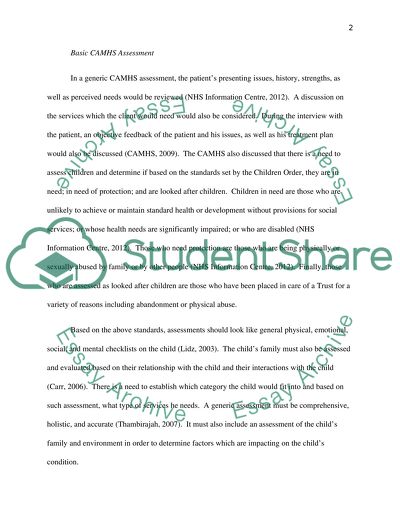Cite this document
(“Assessment of a Child with Autism Essay Example | Topics and Well Written Essays - 3000 words”, n.d.)
Retrieved from https://studentshare.org/nursing/1396663-cammhs-assignment-on-a
Retrieved from https://studentshare.org/nursing/1396663-cammhs-assignment-on-a
(Assessment of a Child With Autism Essay Example | Topics and Well Written Essays - 3000 Words)
https://studentshare.org/nursing/1396663-cammhs-assignment-on-a.
https://studentshare.org/nursing/1396663-cammhs-assignment-on-a.
“Assessment of a Child With Autism Essay Example | Topics and Well Written Essays - 3000 Words”, n.d. https://studentshare.org/nursing/1396663-cammhs-assignment-on-a.


